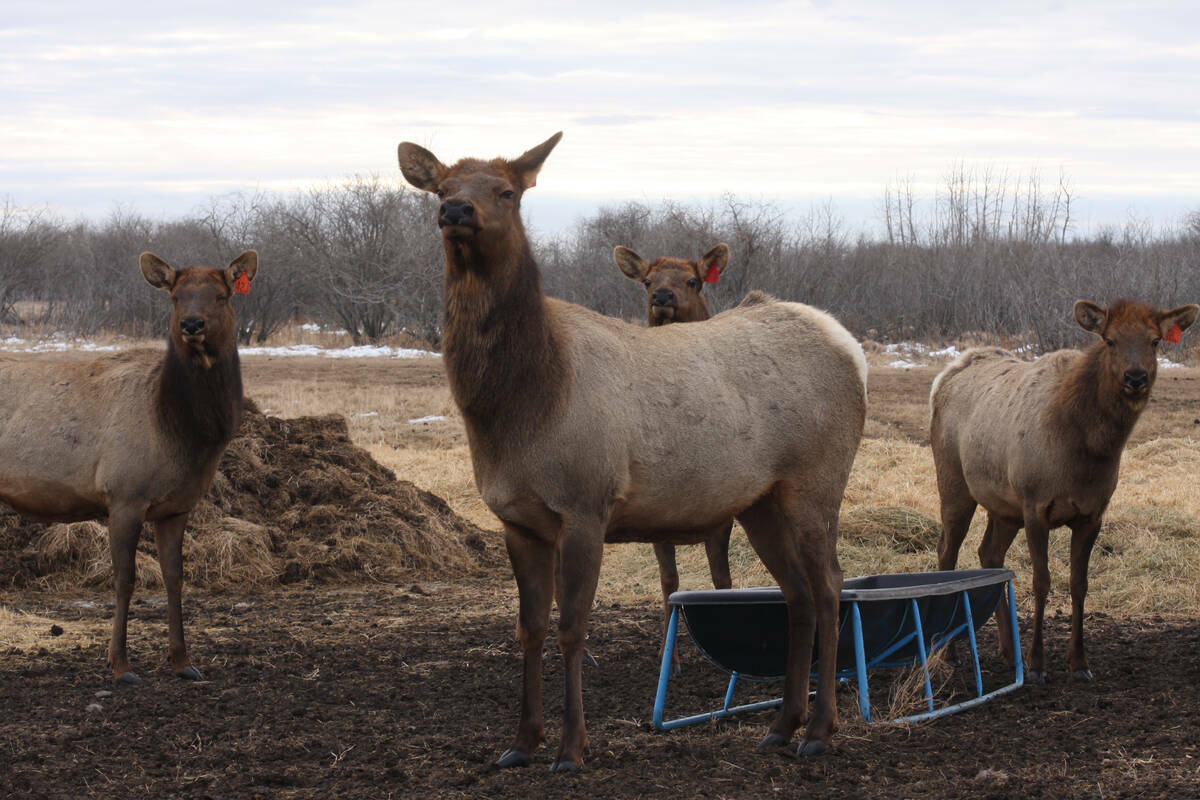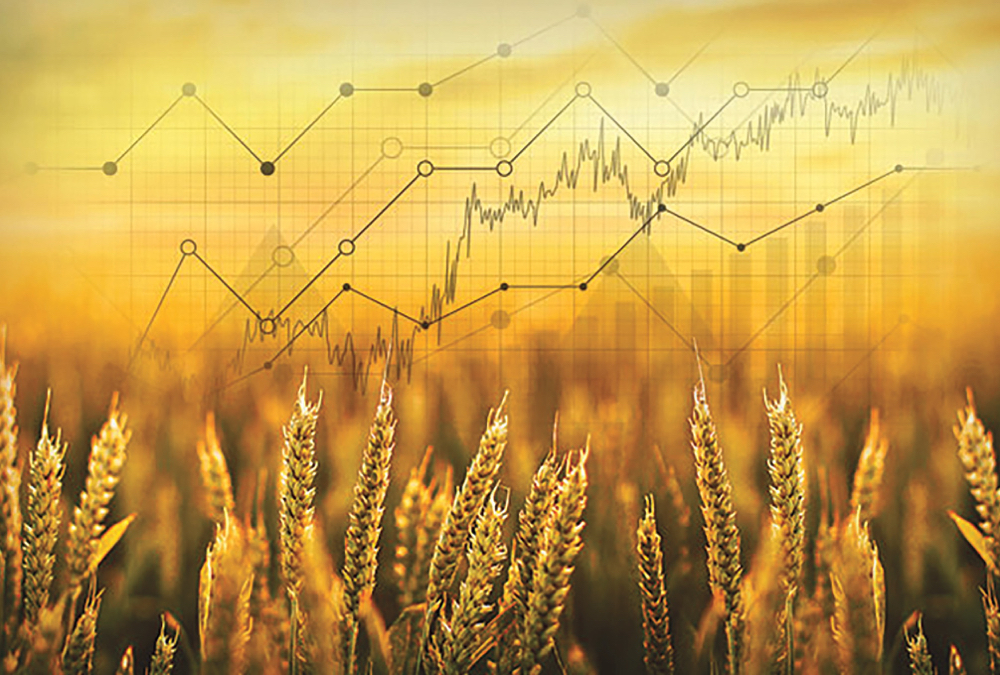Chill out and don’t get too down about the drop in grain and oilseeds prices.
That’s the advice of Chuck Penner, owner of Left Field Consulting Services in Winnipeg.
First, markets not only swing from lows to highs and back again, but tend to get stuck when they fall into a trough, he said.
“When we’re in the lows, it typically takes longer to come out of them,” he said.
That’s why Penner isn’t expecting any big shifts in the near term. But the market should start to pick up a little once the global winter wheat crop is in, he said.
Read Also

Cervid harvest preserves to be developed in the province under Bill 10
The Government of Alberta has given approval for creation of cervid harvest preserves.
“Once we get a bit of an idea how that crop has made it or not made it through the winter, that’s when things could start to get a little bit exciting,” he said.
Second, even though current prices are disappointing, try to take a longer-term view, he said.
“We’ve come through the past few years where we had extended highs. If you look over the last 10 years, current wheat and canola prices aren’t too bad.
“Prices are certainly lower than the last two or three years, and I think that’s what most people look at.”
- More from the Alberta Farmer: A memorable year in the books, and another one on the horizon
His next piece of advice is to keep your marketing hat on when you’re pulling the seeding rig this spring. The markets have been making guesses on acreage numbers on crops such as durum, and things could get interesting if they’re off the mark.
“You already see with durum, there are a few crop prices out there for next year’s delivery,” said Penner. “There are crop prices that are far below what they are paying for durum right now. This is because they expect quite a few more acres to go into the ground, so there will be more supply, which drives down prices.”
Flax and lentil acreages are also expected to be up, he added.
Huge supplies of soybeans are also a big focus for commodity traders, and most are in a bearish frame of mind, which would be bad news for growers of canola and sunflower.
“There’s an expectation that farmers worldwide will plant even more soybeans than they did this past year. That means that we will get even larger supplies yet,” said Penner.
But global wheat supply and demand are more finely balanced — and that means bad news in other wheat-growing countries could be good news for western Canadian farmers.
“If there are any problems, we’ll see a bigger response in wheat prices, so I’m a little more bullish on wheat than I am on corn, and I’m the most negative towards anything like soybeans and related markets,” he said.
















